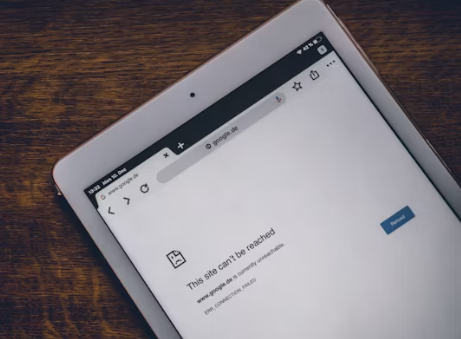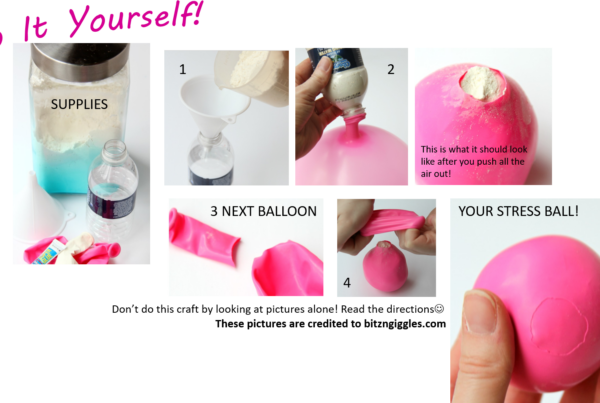
Misleading phrases such as, “getting connected”, “social” media, “linked” in, “live” gaming, “sharing” and “likes” may make a person feel perceived connection. This is not to say that there is no worth in the access that technology provides. It is to caution users not to become consumed by the simulated (SIM) at the expense of living IRL.
The great Albus Dumbledore once said, “it does not do to dwell on dreams…and forget to live”.
While, this quote is from the fictional tales of Harry Potter, it holds some powerful truth. The information highway is a means to an end, most certainly in times of isolation. Yet, it does not do us well to live in the realm of perceived connectivity and forget to truly connect. What follows is a reminder to balance our online presence with real life experiences and connect with others safely and responsibility.
What do we do with the puzzle of a “real” virtual connection? Talking through technology changes things: words, images, tone, and intent. This changes our ability to pick up on things like the tone sound of someone’s voice (or how they say things), non-verbal communication and body language (like eye rolling, smiling, or turning away in disinterest). Talking through technology also changes how we understand and learn social and emotional skills. Connecting virtually can also lead to miscommunication and sometimes hurt feelings. Technology may connect us to others, but it may leave us feeling unfulfilled or disconnected. Time will tell the long term effects of solely connecting online. What will happen if we are only connected without physical closeness? What will happen when we cannot distinguish truth from lies? How can we be surrounded by people, yet feel so…alone online? How does too much screen time impact our families and loved ones?
Social media can also bring in the feeling of having a constant audience. This feeling of being watched and judged can be a common one, even part of brain development, this is further explained in the Netflix Series “The Mind Explained: (Season 2, Episode 2), The Teenaged Brain”. It shows how constant social media use can pull inward to the cyber world where we lose our ability to be alone, we feel like we have to share, feel judged, and sometimes brings new problems into our homes, our bedrooms, and carried around in our pockets.
HOW CAN WE HELP OURSELVES?
Humans are inherently social creatures, seeking connections and cues on how to navigate the world. Key contributors to resilience are within the person, environment, and interactions. Even when coping with trauma, the way our brain maps trauma can be impacted by whether we have positive and supportive interactions afterward that help us move beyond. Think about it, there are decades of support groups founded on this principle.
So here are 10 things within your power to create positive change and meaningful connectedness:
1. Limit the amount of time on the internet and social media platforms in a day. Unplug throughout the day, such as during family meals, and during school or homework times. Set up your Digital wellness / Do not disturb hours on your phone as this will bring you peace and help you sleep also.
2. Make a conscious effort to seek reputable and positive and educational websites. Seeking positivity is good for you, and it also reprograms algorithms that decide what content/suggestions to bombard you with.
3. Practice physical and emotional safety. Be wary of new people who you meet on the internet. Don’t share personal information online like addresses and identifying information. Speak with integrity and kindness, and don’t engage in bullying.
4. Be aware of yourself and your state of mind when scrolling. This could impact your searches and your responses to trolls.
5. Remember, what you put on the internet can be out there forever. Consider the short- and long-term effects of what you say and do online. You don’t have to post everything, and if you do post, take a deep breath and relax before you post.
6. Build your social scaffolding…with real people. Join a club, a sport, volunteer your time, get a job, or simply reach out to existing friends, family, counselors, and teachers face to face and get re-connected. Engage in real and meaningful conversations with the people in your life. If you choose to get “connected”, do it with people you already know and use it to stay in touch with them by setting up a time to go to a movie, go eat, or take a walk. If you have to use technology, use facetime or duo to have face to face time.
7. Find a hobby or revisit something you enjoy or wanted to try. Write a poem, build a birdhouse, play an instrument, jog, sketch something, dance or sing like no one is watching. It doesn’t have to be perfect, just have fun. You can use the internet to teach you how to do these things but then unplug and do it.
8. Practice mindfulness. Stay present in the moment. Sometimes it helps to learn to be still, quiet. Other times, it helps to be in nature. Find your inner peace. This will help you learn to be okay with being alone and navigate boredom or challenging thoughts. There are great videos, and yes apps for this via Headspace (also on Netflix).
9. Become comfortable with yourself. If you like yourself and live with integrity, you will worry less about virtual likes and follows.
10. Be grateful for the things and people you do have in your life and do a radical reset programming your brain for positivity. It’s like any other strength training, you have to practice it, commit to it, and you will see positive growth.
Go outside and live safely, do your best to do no harm, and remember tomorrow always brings another day.




